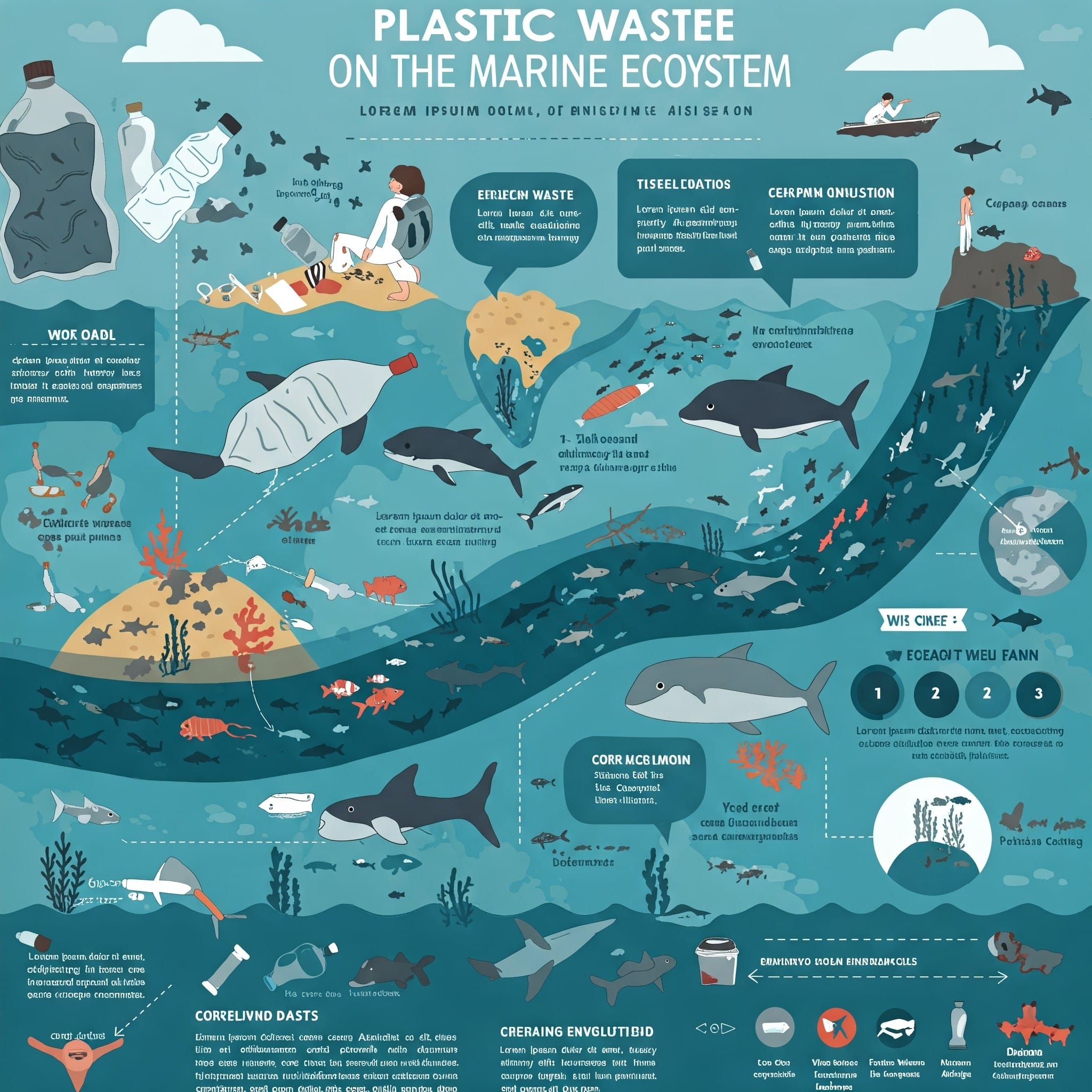1. Threats to Marine Species
- Overfishing: 36.2% of global fish stocks overexploited (FAO, 2024).
- Bycatch: 250,000–300,000 whales/dolphins killed annually in nets (WWF, 2023).
- Habitat Loss: 50% of coral reefs projected to be lost by the 2030s (IPCC, 2023).
- Pollution: 19M tons of plastic enter oceans yearly (UNEP, 2024).
- Example: North Atlantic right whale (<320 left) faces ship strikes and fishing gear entanglement (NOAA, 2025).
2. Economic & Trade Disruptions
- Collapsing Fisheries: $90B lost yearly from overfishing (World Bank, 2023).
- Shipping Risks: 90% of global trade uses oceans; piracy and storms raise costs.
- Blue Economy Threats: Unsustainable aquaculture harms coastal livelihoods.
- Example: Peru’s anchovy fishery collapse (1972) caused global fishmeal shortages.
3. Coastal Community Vulnerability
- Sea-Level Rise: 700M people at risk by 2050 (IPCC, 2023).
- Food Insecurity: 3.3B rely on seafood for a significant portion of protein (FAO, 2022).
- Tourism Loss: Coral reef degradation costs $40B/year (WWF, 2024).
- Example: Pacific islanders face relocation due to saltwater intrusion.
4. Policy & Governance Gaps
- Weak Enforcement: Only 3.1% of oceans fully protected (Marine Protection Atlas, 2025).
- Conflicting Laws: UNCLOS vs. territorial disputes (e.g., South China Sea).
- Subsidies Harm: $18B/year in harmful fishing subsidies (WTO, 2024).
- Example: Illegal Chinese fishing fleets deplete Galápagos marine reserves.
5. Climate Change Multipliers
- Ocean Acidification: pH dropped by 0.1 units, a 30% acidity increase, threatening shellfish (NOAA, 2023).
- Dead Zones: 550+ hypoxic zones from farm runoff (WRI, 2024).
- Warming Waters: 90% of marine heatwaves linked to climate change.
- Example: Australia’s 2016 Great Barrier Reef bleaching killed 30% of corals.
Stakeholder-Specific Impacts

Solutions
- Global: UN High Seas Treaty (2023) to protect 30% of oceans by 2030.
- Tech: AI-powered drones to track illegal fishing.
- Local: Community-led mangrove restoration (e.g., Bangladesh).
“Saving oceans needs a war-room approach—species, trade, and people are all on the line.”
(Sources: UNEP, IPCC, FAO, WWF, NOAA, WRI, WTO)



